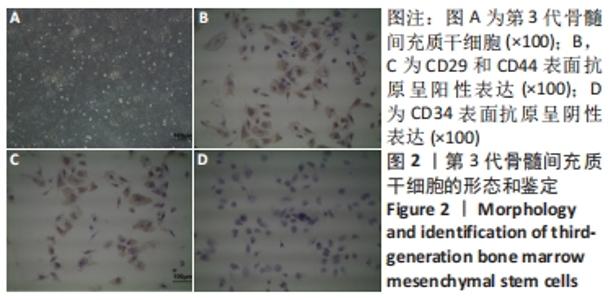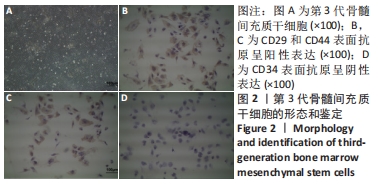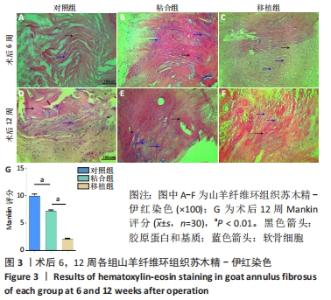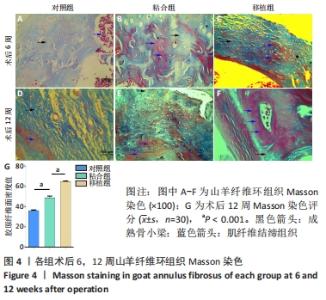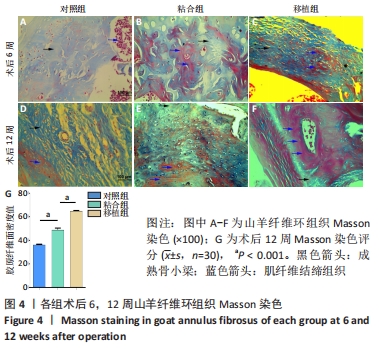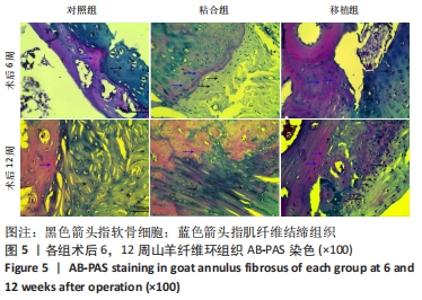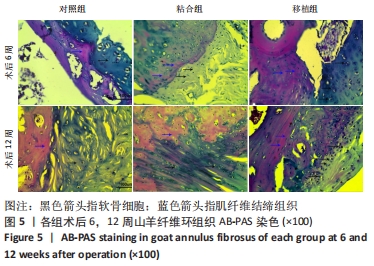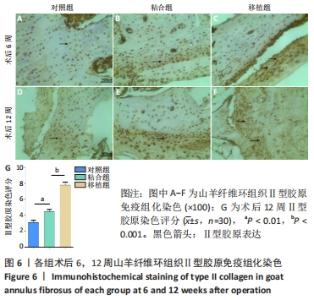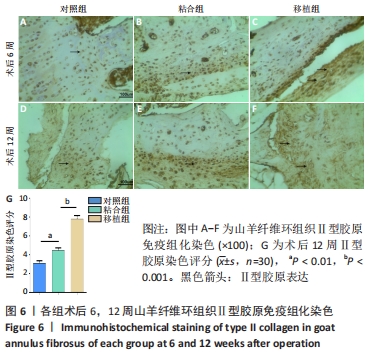[1] XIN G, SHI-SHENG H, HAI-LONG Z. Morphometric analysis of the YESS and TESSYS techniques of percutaneous transforaminal endoscopic lumbar discectomy. Clin Anat. 2013;26(6):728-734.
[2] KEREZOUDIS P, GONCALVES S, CESARE JD, et al. Comparing outcomes of fusion versus repeat discectomy for recurrent lumbar disc herniation: A systematic review and meta-analysis. Clin Neurol Neurosurg. 2018; 171:70-78.
[3] HLUBEK RJ, MUNDIS GM JR. Treatment for Recurrent Lumbar Disc Herniation. Curr Rev Musculoskelet Med. 2017;10(4):517-520.
[4] YURAC R, ZAMORANO JJ, LIRA F, et al. Risk factors for the need of surgical treatment of a first recurrent lumbar disc herniation. Eur Spine J. 2016;25(5):1403-1408.
[5] FRITZELL P, KNUTSSON B, SANDEN B, et al. Recurrent Versus Primary Lumbar Disc Herniation Surgery: Patient-reported Outcomes in the Swedish Spine Register Swespine. Clin Orthop Relat Res. 2015;473(6): 1978-1984.
[6] AMBROSSI GL, MCGIRT MJ, SCIUBBA DM, et al. Recurrent lumbar disc herniation after single-level lumbar discectomy: incidence and health care cost analysis. Neurosurgery. 2009;65(3):574-578.
[7] PINTUS E, BALDASSARRI M, PERAZZO L, et al. Stem Cells in Osteochondral Tissue Engineering. Adv Exp Med Biol. 2018;1058:359-372.
[8] LIU X, MENG H, GUO Q, et al. Tissue-derived scaffolds and cells for articular cartilage tissue engineering: characteristics, applications and progress. Cell Tissue Res. 2018;372(1):13-22.
[9] AKAZAWA K, IWASAKI K, NAGATA M, et al. Cell transfer technology for tissue engineering. Inflamm Regen. 2017;37:21.
[10] DZOBO K, THOMFORD NE, SENTHEBANE DA, et al. Advances in Regenerative Medicine and Tissue Engineering: Innovation and Transformation of Medicine. Stem Cells Int. 2018;2018:2495848.
[11] WU Y, HUANG S, ENHE J, et al. Bone marrow-derived mesenchymal stem cell attenuates skin fibrosis development in mice. Int Wound J. 2014;11(6):701-710.
[12] CRUZ MA, HOM WW, DISTEFANO TJ, et al. Cell-Seeded Adhesive Biomaterial for Repair of Annulus Fibrosus Defects in Intervertebral Discs. Tissue Eng Part A. 2018;24(3-4):187-198.
[13] FUJIOKA-KOBAYASHI M, MOTTINI M, KOBAYASHI E, et al. An in vitro study of fibrin sealant as a carrier system for recombinant human bone morphogenetic protein (rhBMP)-9 for bone tissue engineering. J Craniomaxillofac Surg. 2017;45(1):27-32.
[14] SLOAN SR JR, LINTZ M, HUSSAIN I, et al. Biologic Annulus Fibrosus Repair: A Review of Preclinical In Vivo Investigations. Tissue Eng Part B Rev. 2018;24(3):179-190.
[15] IU J, SANTERRE JP, KANDEL RA. Towards engineering distinct multi-lamellated outer and inner annulus fibrosus tissues. J Orthop Res. 2018; 36(5):1346-1355.
[16] MA K, CHEN S, LI Z, et al. Mechanisms of endogenous repair failure during intervertebral disc degeneration. Osteoarthritis Cartilage. 2019; 27(1):41-48.
[17] PRABHU AV, LIEBER BA, HENRY JK, et al. Early Postoperative Complications for Elderly Patients Undergoing Single-Level Decompression for Lumbar Disc Herniation, Ligamentous Hypertrophy, or Neuroforaminal Stenosis. Neurosurgery. 2017;81(6):1005-1010.
[18] DABO X, ZIQIANG C, YINCHUAN Z, et al. The Clinical Results of Percutaneous Endoscopic Interlaminar Discectomy (PEID) in the Treatment of Calcified Lumbar Disc Herniation: A Case-Control Study. Pain Physician. 2016;19(2):69-76.
[19] LI ZZ, HOU SX, SHANG WL, et al. Modified Percutaneous Lumbar Foraminoplasty and Percutaneous Endoscopic Lumbar Discectomy: Instrument Design, Technique Notes, and 5 Years Follow-up. Pain Physician. 2017;20(1):E85-E98.
[20] YAO Y, ZHANG H, WU J, et al. Minimally Invasive Transforaminal Lumbar Interbody Fusion Versus Percutaneous Endoscopic Lumbar Discectomy: Revision Surgery for Recurrent Herniation After Microendoscopic Discectomy. World Neurosurg. 2017;99:89-95.
[21] STAARTJES VE, DE WISPELAERE MP, MIEDEMA J, et al. Recurrent Lumbar Disc Herniation After Tubular Microdiscectomy: Analysis of Learning Curve Progression. World Neurosurg. 2017;107:28-34.
[22] CAI F, WU XT, XIE XH, et al. Evaluation of intervertebral disc regeneration with implantation of bone marrow mesenchymal stem cells (BMSCs) using quantitative T2 mapping: a study in rabbits. Int Orthop. 2015;39(1):149-159.
[23] LI X, ZHANG Y, SONG B, et al. Experimental Application of Bone Marrow Mesenchymal Stem Cells for the Repair of Intervertebral Disc Annulus Fibrosus. Med Sci Monit. 2016;22:4426-4430.
[24] JIANG C, LI DP, ZHANG ZJ, et al. Effect of Basic Fibroblast Growth Factor and Transforming Growth Factor-Β1 Combined with Bone Marrow Mesenchymal Stem Cells on the Repair of Degenerated Intervertebral Discs in Rat Models. Zhongguo Yi Xue Ke Xue Yuan Xue Bao. 2015;37(4):456-465.
[25] GRUNERT P, BORDE BH, TOWNE SB, et al. Riboflavin crosslinked high-density collagen gel for the repair of annular defects in intervertebral discs: An in vivo study. Acta Biomater. 2015;26:215-224.
[26] GRUNERT P, BORDE BH, HUDSON KD, et al. Annular repair using high-density collagen gel: a rat-tail in vivo model. Spine (Phila Pa 1976). 2014;39(3):198-206.
[27] SAKAI D, MOCHIDA J, YAMAMOTO Y, et al. Transplantation of mesenchymal stem cells embedded in Atelocollagen gel to the intervertebral disc: a potential therapeutic model for disc degeneration. Biomaterials. 2003;24(20):3531-3541.
[28] SHA’BAN M, YOON SJ, KO YK, et al. Fibrin promotes proliferation and matrix production of intervertebral disc cells cultured in three-dimensional poly(lactic-co-glycolic acid) scaffold. J Biomater Sci Polym Ed. 2008;19(9):1219-1237.
|
